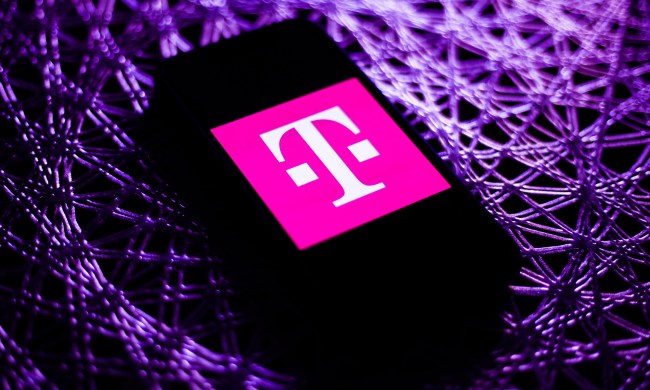Mobile operator T-Mobile has taken its HotSpot @Home program nationwide, combining VoIP calling via Wi-Fi networks with traditional cellular phone service—with seamless transitions between the two. The service relies on dual-mode phones which combine GSM and Wi-Fi capabilities, with the general intention that the services complement each other in areas where one service is weak: Wi-Fi often offers good coverage inside buildings, while traditional GSM cellular service is often accessible in public places and on the road. And by using VoIP calling, mobile users aren’t consuming precious minutes, and T-Mobile doesn’t incur the costs of transmitting call data over its own network.
“More people than ever are looking to drop their home landline phone and pocket the savings. However, they don’t want to use all their wireless minutes talking from home. Our new service solves this dilemma once and for all,” said T-Mobile USA Presient and CEO Robert Dotson in a release. “T-Mobile HotSpot @Home is a first-of-its-kind service that helps people simplify their lives, save money, and enjoy great call quality on one device—their mobile phone—at home.”
T-Mobile cited a Gartner study which found that more than one quarter of all mobile phone minutes are used in the home; however, that’s the same place were cell coverage is most likely to be spotty and unreliable. T-Mobile hopes that by shunting those in-home calls to customer’s broadband Internet connections via VoIP, they not only get the benefit of improved call quality and reliability, they also don’t have to build out cellular infrastructure to improve those callers’ experience. The tough part is transitioning calls between Wi-Fi and GSM/GPRS/EDGE service, which T-Mobile says it has down to a seamless experience, letting customers transition from a Wi-Fi hotspot to traditional cellular service without interruption.
Offering VoIP-based phone service via Wi-Fi (also called UMA, or Unlicensed Mobile Access) is a particular business necessity for T-Mobile. Unlike other major U.S. mobile operators, T-Mobile does not have any wired broadband or landline business in the United States, and has yet to deploy so-called 3G mobile broadband technologies on its network (although it did spend heavily in a spectrum auction late last year to enable that build-out). In betting on Wi-Fi, T-Mobile goes up against the larger mobile operator Sprint, which is partnering with cable companies to offer in-home VoIP-over-broadband service.
T-Mobile is currently offering two phones for use with HotSpot @Home—the Nokia 6086 and the Samsung t409—for $49.99 with a two-year contract. The company is also working with router manufacturers like D-Link and Linksys to offer routers which provide a “first-rate calling experience”—T-Mobile is offering routers with the HotSpot @Home Service at no extra charge. In addition to leveraging Wi-Fi connections in users’ homes and workplaces, HotSpot @Home users will be able to take into more than 8,500 Wi-Fi hotspots operated by T-Mobile in retail locations, hotels, and airports.
Hotspot @Home service can be added to any qualifying T-Mobile voice plan for $9.99 a month, and $19.99 per month for up to five lines on a T-Mobile Family Time plan.
T-Mobile began testing the HotSpot @Home service in Washington state during 2006, and reports began circulating earlier this year that T-Mobile planned to take the service nationwide.


